Are you concerned about potential damage to your eyes while using a projector? It is not uncommon for us to use projectors in all aspects of our lives, from the classroom to the office and even at home. From presentations to movies and video games, projectors offer an immersive experience that can enhance any environment. However, little is known about how they affect our vision or what measures we should take when using them. With so many variables involved, it’s worth doing some research to determine if using a projector could be detrimental or beneficial for your eyesight. In this blog post we will explore how projectors impact our vision and outline ways of improving eye health while still enjoying a rich projecting experience!
How Does the Projector Function?
When you want to project your media onto a large surface for an audience, the projector is your go-to device. Projectors are used in classrooms, offices, movie theaters, and other venues around the world. But what exactly does a projector do? [1]
A projector takes the signal from a source (such as a laptop or DVD player) and projects it onto a surface. This is possible because the projector has three main parts: an imaging device, lens, and light source.
The combination of these three components allows you to project your images onto a large surface, making them visible to a larger audience. There are also other features that you can find in projectors, such as keystone correction and image enhancement tools. These make your presentation even more engaging for the viewers. [2]
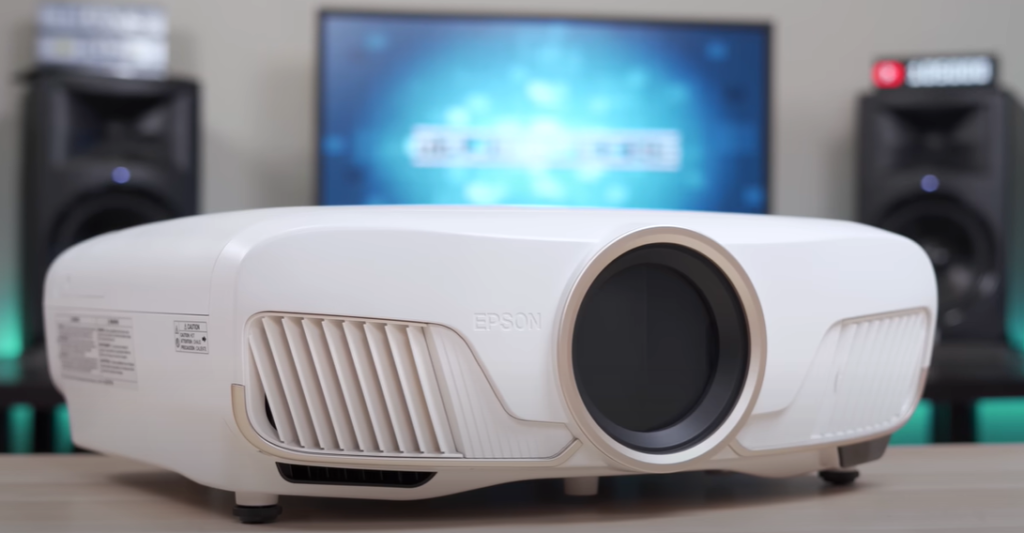
What Are the Types of Projectors?
When considering a projector for your home, office, or classroom, you first need to consider the types of projectors available. There are three main types of projectors:
Digital Light Processing (DLP)
DLP projectors use a chip with hundreds of tiny mirrors to change image brightness and color. This type of projector can produce extremely crisp images and can be used in both business settings as well as home theaters. DLP projectors are typically more expensive than other types, however they have the added benefit of being able to work in rooms that require low lighting since the lamp bulb is very efficient. [3]
Liquid Crystal Display (LCD)
LCD projectors are the most common type of projectors. They use liquid crystals to create an image on the screen and produce a sharp, colorful image that can be seen even in rooms with bright lighting conditions. LCD projectors are often used for business presentations or at home entertainment because of their affordability.
Laser Projectors
Laser projectors are the newest type of projector technology and use lasers as their light source. This type of projector requires very little maintenance and produces a high-quality image. They are often used in movie theaters, large conference spaces, or for outdoor events where they can be seen from great distances away. Laser projectors are the most expensive type of projector, however they provide the best image quality and require little to no maintenance. [4]

What Kind of Projects is the Projector Suitable for?
The projector is an ideal tool for a wide variety of projects, both at home or in the office. Here are some examples of tasks that this powerful device can take on:
- Presentations: Whether you need to give a presentation in front of an audience or just want to add visuals to your next meeting, the projector is an excellent choice for easy and effective slideshows. [5]
- Entertainment: From movie nights to gaming sessions, the projector can take your home entertainment setup to the next level. With its high-quality display and powerful audio system, you’ll be able to enjoy all your favorite content in stunning clarity.
- Work Projects: Many professionals use projectors in their day-to-day routines for professional purposes. From sharing documents with colleagues to creating stunning business reports, the projector can help make any project easier and more efficient.
- Education: The projector is also perfect for educational purposes. Teachers can use it to give engaging lectures and provide students with visual aids that are sure to make any lesson easier to understand.
- Creative Projects: Artists, designers, and other creatives can also benefit from the Projector’s capabilities. From creating stunning visuals for a portfolio to showing off artwork at an exhibition, the projector is an invaluable tool for any creative professional.
- Home Office: Even those who work from home can benefit from the Projector’s features. From making presentations to colleagues to hosting virtual meetings, the projector makes it easy to stay productive and efficient in any home office setting.
- Professional Events: The projector also has applications outside of the corporate or educational world. Whether you need to create a stunning backdrop for an event or show off your latest product launch, the projector has all the features you need to make any event unforgettable.
These are just a few of the tasks that the Projector is capable of handling, making it an excellent tool for any task you might have in mind. With its convenient size and powerful features, this device is sure to make any project you take on easier and more efficient. [6]
Advantages and Disadvantages of Projector
Projectors have become an increasingly popular display solution for both home and professional applications. They offer a great way to display images, videos, or even documents on a larger scale than can be achieved with other types of displays. However, there are also some drawbacks that should be considered before investing in a projector system. [7]
Advantages
- Cost-effective – Projectors are much more cost-effective than traditional TVs or monitors, making them ideal for those on a budget. They also allow you to upgrade the display size without having to buy a more expensive TV or monitor.
- Portability – Projectors can be easily moved and set up in different locations, making them perfect for presentations or entertainment purposes.
- High Resolution – Projectors offer much higher resolutions than what can be achieved with TVs or monitors, allowing you to display sharper images and videos.
- Variety of Options – There is a wide range of projectors available on the market, from low-cost models to high-end models that offer more features and higher resolution. You can find the perfect projector to suit your needs.

Disadvantages
- Bulky Size – Projectors tend to be bulky and lack the sleekness of TVs or monitors, which can take away from the aesthetics of a room.
- Setup Requirements – Setting up a projector system can require more work than setting up a traditional TV or monitor. You need to find a suitable place to mount the projector, as well as connect it to a source.
- Bulb Life – Projectors require bulbs that will eventually need replacing, which can be expensive and time-consuming if not done correctly.
- Bright Lighting – Projectors struggle in brighter rooms or areas with lots of ambient light, making them unsuitable for some environments.
- Heat – Projectors generate heat, which can be uncomfortable in hot climates or small rooms.
- Reduced Image Quality – Some projectors can suffer from reduced image quality when there is any movement on the screen, making them less suitable for video games or action movies. [8]
How Does a Projector Affect Eyesight?
The main concern when using a projector is that the projected light may be too bright for your eyes to handle. This can cause intense glare, which in turn can lead to tired or strained eyes. If you’re planning on using a projector for extended periods of time, it’s important to adjust the brightness to ensure that your eyes aren’t over-exposed to light. Additionally, it can be helpful to take breaks after long periods of exposure in order to reduce the strain on your eyes. [9]
When using projectors, it’s also important to check that the device is positioned correctly in order to get the best view and reduce eye fatigue. If the projector isn’t in the right position then you may find yourself constantly adjusting your eyes to accommodate for the changing light. This can lead to eye fatigue and discomfort, so make sure that your projector is properly positioned before use. [10]
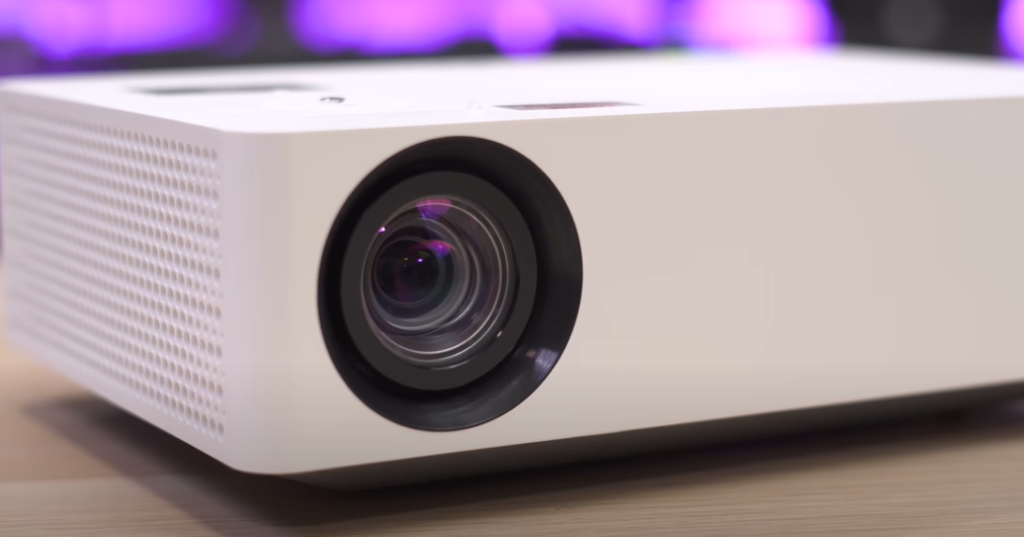
Positive Effects of Projector on Eyes
Projectors can be a great tool for teaching and information delivery, but many people worry that using them could lead to eye strain or other vision problems. Fortunately, this isn’t the case! The light emitted by projectors is non-flickering and far less intense than the lights used in traditional televisions or computer monitors. This means that your eyes don’t have to work as hard and can relax more, reducing the likelihood of suffering from eye strain.
In addition to this benefit, projectors also allow users to physically adjust the size and distance of objects on screen. This is a great way to ensure that your eyes remain comfortable no matter what you’re viewing. By moving the projector closer or further away, users can quickly change the size of text, images, and other objects without having to squint or strain their eyes.
It’s important to note that users should still follow all safety guidelines when using projectors. It’s best to keep the room dimly lit while in use, as bright lights can cause additional eye strain. Also, be sure to take regular breaks so your eyes can rest – just like with any form of digital media. [11]
Projectors Vs TVs: Which Causes More Eye Damage?
When it comes to evaluating the different technology options available to entertain ourselves, projectors and TVs are often pitted against each other. But how does using a projector affect your eyesight? Is watching movies on a projector worse for your eyes than on TV? Let’s take a look at both sides of this question.
When it comes down to it, both projectors and TVs are capable of causing eye strain. That is because both sources emit light, which can lead to difficulty focusing or vision fatigue. The intensity of the light from a projector may be higher than that of a TV, making it more likely to cause strain when used for extended periods of time.
However, the main difference between a projector and a TV lies in the type of light they emit. Most TVs emit LCD or LED light, which tends to be more uniform and less intense than the light given off by a projector. Projectors, on the other hand, typically use an incandescent bulb that can produce more discomforting flicker when used for extended periods of time.
It is also crucial to consider how far away you are from the device when weighing up which causes less eye damage. Generally, projectors should be placed at a further distance than TVs in order to reduce direct exposure to the light source and prevent strain.
To sum it up, both projectors and TVs can have a negative effect on your eyesight if used for extended periods of time without proper care taken to reduce eye strain. However, LCD and LED devices like TVs tend to be more comfortable for extended viewing sessions as they produce lower intensity light than projectors. With that said, taking regular breaks and adjusting the brightness of either device can go a long way towards reducing any potential damage.
So if you’re thinking about upgrading your home entertainment setup, keep in mind the different effects that projectors and TVs can have on your eyesight. Taking the right precautions will help you enjoy your favorite movies without worrying about eye strain or fatigue. [12]
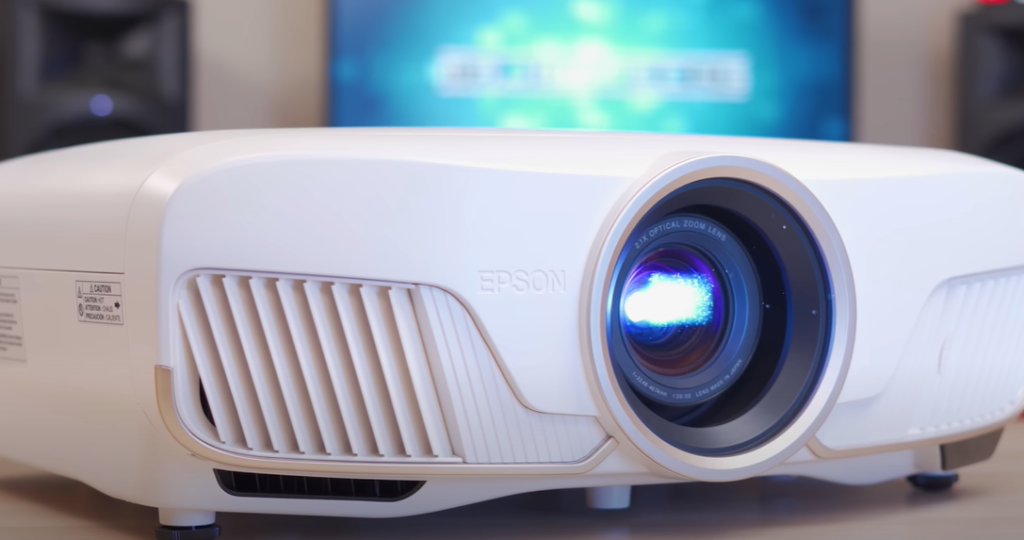
How to Maintain the Projector?
Maintaining your projector is an important part of keeping it in tip-top shape. Here are some steps you can take to ensure that your projector is always performing at its best:
Step 1: Clean the Lens. Dust, dirt, and other particles can accumulate on the lens over time, leading to image distortion or blurry vision. To prevent this, use a soft cloth and a non-abrasive cleaning solution to gently wipe the lens clean.
Step 2: Check the Filters. If you notice that your projector’s performance is deteriorating, it may be time to check the filters. Over time, dust can accumulate on the filters, blocking airflow and causing the projector to overheat. To prevent this, make sure to clean the filters regularly with a dry cloth.
Step 3: Check the Bulbs. Regularly check your projector’s bulbs for signs of wear and tear, such as discoloration. If you find any problems, replace the bulb immediately to avoid further damage.
Step 4: Avoid Overheating. Try to keep the projector in a cool, well-ventilated area. Overheating can cause the projector to shut down or even permanently damage its components.
Step 5: Handle With Care. Last but not least, make sure to always handle your projector with care. Rough handling can lead to damage that could affect its performance and longevity. [13]
How to Recognize Problems with the Projector?
Projectors are a great way to make presentations and show images in large format. However, when the projector is not functioning properly, it can be very annoying for everyone involved. When looking for potential problems with your projector, there are a few key signs you should look out for:
- Flickering or dimming lights: If you notice that the image on the projector is flickering or dimming, it could be a sign that there’s something wrong with either the bulbs or the power supply.
- Poor focus: If it looks like you can’t get the image to snap into focus, then this could be a sign of an internal issue such as dust inside the lens. Check for any dirt or debris and clean accordingly.
- Low brightness: If the image appears to be too dark, then it could be a sign that either you need to adjust the brightness settings or there’s something wrong with the lamp itself.
- Color distortion: If you notice any strange color tints or hues on your image, this could indicate an issue with the projector’s color settings. Adjust the settings and see if it improves.
If you are still having trouble with your projector after checking these signs, then it might be time to call a professional. A technician can help identify any underlying issues and offer advice on how best to fix them quickly and easily. [14]
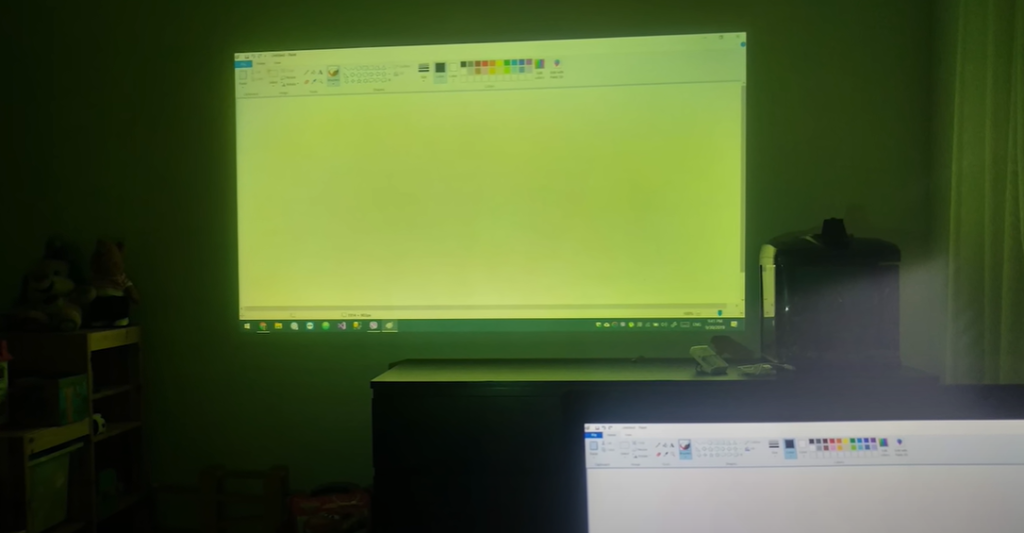
FAQs
Is a projector better than a TV for your eyes?
Generally speaking, no – there’s not necessarily any real advantage of a projector over a TV when it comes to your eyes. However, in some cases a projector can be better for your eyes than a TV. This is because projectors offer more viewing options and customization features that make the projected image easier on the eyes. For example, they often allow you to adjust the image size, brightness and contrast so that you can optimize the viewing experience. Additionally, some projectors also have features like eye-care mode or low blue light mode which further reduce strain on your eyes. If you find yourself often watching TV for long periods of time, a projector may be a better option to consider as it reduces the potential of eye fatigue due to extended viewing.
Which projector is best for eyes?
There are several factors to consider when determining which type of projector is best for your eyes. The brightness and resolution of the projected image, the distance between you and the projection surface, and how much ambient light can affect how tired or strained your eyes feel after using a projector.
Projectors with higher resolutions will generally display sharper images that put less strain on the eyes over long periods of viewing. Additionally, a brighter image can reduce any potential eye fatigue by making it easier to read and interpret visuals.
The best distance from the projection surface for your eyes will depend on the size of the projected image, but should generally be around two or three times that size. If you’re too far away you might strain your eyes to make out the details of the image, while if you’re too close your eyes may tire from trying to take in the entire image at once.
Finally, reducing any ambient light will also help reduce eye fatigue when using a projector for long periods of time. Using blackout curtains and turning off lights can make it easier to focus on the projected image.
Are laser projectors better for your eyes?
When it comes to projecting images and videos onto a screen, laser projectors are the latest and greatest technology available. But does this mean they’re better for your eyes? The simple answer is yes! Laser projectors produce incredibly crisp, vibrant images with greater clarity than traditional projector solutions. Plus, they offer adjustable brightness settings so you can find the perfect balance for your eyes and preferences. This means you can avoid the strain on your eyesight that comes from staring at a bright, flickering screen for too long.
In addition to reduced eye strain, laser projectors eliminate many of the issues associated with traditional projection solutions such as image washout in brightly lit rooms or pixelated edges when scaling images up or down. And unlike other projectors, laser projectors don’t require frequent bulb replacements. This means you get consistent performance over a long period of time without any additional maintenance costs or downtime.
Is a projector good for everyday use?
Projectors can be great for everyday use, especially when you need to present something on a larger screen. However, there are some drawbacks to using a projector that should be taken into consideration.
First of all, projectors require more setup as compared to other devices such as computer monitors or TVs. To use a projector you will need to find a suitable space with no external light sources, or invest in a projector screen to diminish the impact of external lighting. Furthermore, most projectors require an HDMI cable for connection, as well as power supply.
Another potential issue of using a projector is that it can cause strain on your eyes. Spending prolonged periods gazing at projected images may result in eye fatigue and other discomforting symptoms. To help alleviate this, you may want to invest in an anti-glare screen or wear blue light glasses if using a projector for long hours.
Useful Video: TV vs. Projector, which one is better for your eyes? / ENGLISH
Wrapping Up
Overall, while projector technology has come a long way when it comes to not straining your eyes, there are still a number of factors to consider before you invest in one for your home. These days, many consumers opt for a projector over other display solutions like LCD and LED displays due to its larger size and image quality. However, the projector’s light source, bulb brightness, ambient lighting conditions, and the reflective capabilities of the environment should also be taken into consideration since they could affect user comfort and eyestrain. To ensure that you get the most out of your investment in terms of improved viewing experiences without having to worry about eye-strain after prolonged periods of usage, make sure to do adequate research before making any big decisions. Hopefully this blog post has given you an insight into the world of projectors so that you can make an informed decision on whether or not they would be a good investment for your eyes.
References:
- https://www.makeuseof.com/how-does-a-projector-work/
- https://www.scienceabc.com/innovation/how-does-a-projector-work.html
- https://www.moglix.com/articles/types-of-projectors-based-on-their-applications
- https://www.newvisiontheatres.com/types-of-projectors
- https://www.theprojectorexpert.com/projector-presentations/
- https://www.benq.com/en-us/knowledge-center/knowledge/eight-creative-ways-to-use-your-projector.html
- https://www.zelect.in/projector/what-are-the-advantage-and-disadvantage-of-projector
- http://www.hdtvsolutions.com/big_picture_projectors.htm
- https://www.viewsonic.com/library/entertainment/projector-vs-tv-consideration-to-eye-health/
- https://thehometheaterdiy.com/is-projector-light-harmful-to-your-eyes/
- https://uk.xgimi.com/blogs/projectors-101/smart-projector-vs-tvs
- https://thehometheaterdiy.com/tv-vs-projector-for-eyes/
- https://projectorninja.com/here-are-12-helpful-projector-care-and-maintenance-tips-to-keep-in-mind/
- https://www.projectorscreen.com/blog/Projector-Troubleshooting-For-Common-Issues

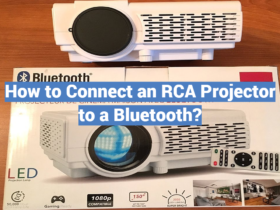
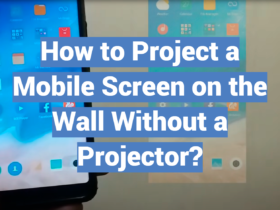

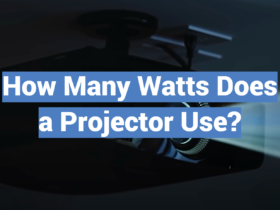


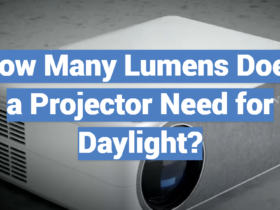

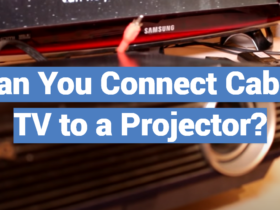
Leave a Review